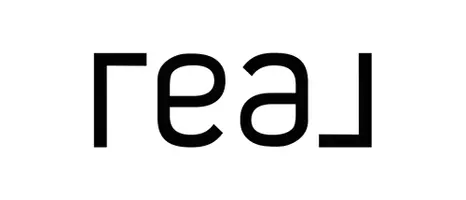Interest Rates and How They Impact Your Home Purchase
What is the Principal Amount on a Mortgage?
The principal amount (P) of a mortgage is the original sum of money borrowed from the lender to purchase a home. It represents the loan amount before interest, taxes, or any additional fees are added.
Key Features of the Principal Amount
-
Loan Base
- This is the foundation of your mortgage. If you’re buying a $400,000 home with a 20% down payment ($80,000), your principal loan amount will be $320,000.
-
Payment Breakdown
- Monthly mortgage payments typically include two parts:
- Principal: The portion of your payment that goes toward reducing the loan amount.
- Interest: The cost of borrowing, paid to the lender.
- Monthly mortgage payments typically include two parts:
-
Interest Calculation
- The interest you pay is calculated based on the remaining principal. Early in the mortgage, most of your payment goes toward interest. Over time, as the principal decreases, a larger portion of your payment reduces the loan balance.
-
Principal vs. Total Loan Cost
- The principal is just the borrowed amount. The total loan cost includes interest paid over the life of the mortgage.
Impact of Reducing the Principal
Paying extra toward your principal (known as a prepayment) can:
- Lower interest costs: By reducing the loan balance, you’ll pay less interest over time.
- Shorten the loan term: Making additional payments can help you pay off your mortgage faster.
Principal Amount in Action
Imagine you have a 25-year mortgage with:
- Loan principal: $300,000
- Interest rate: 4%
- Monthly payment: $1,580
In the first few years, most of that $1,580 goes toward interest, but as the principal decreases, interest charges shrink, and more of your payment reduces the loan balance.
Categories
Recent Posts
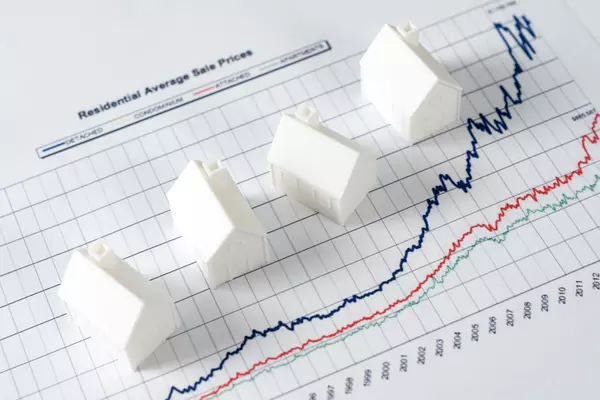
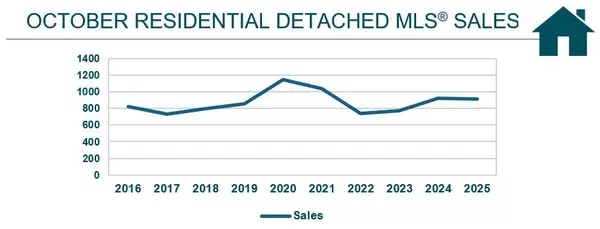
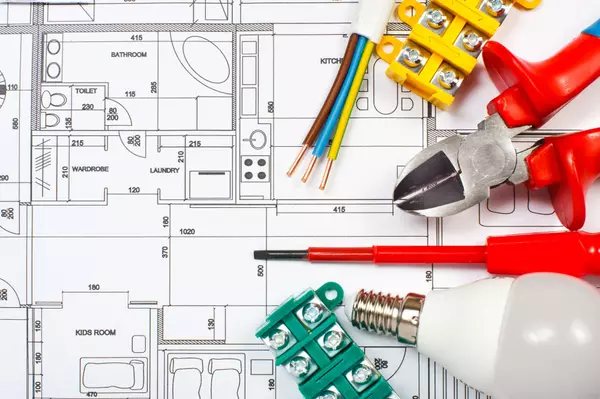



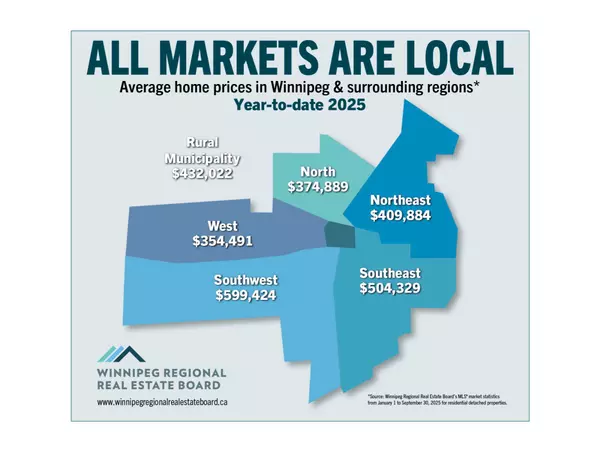
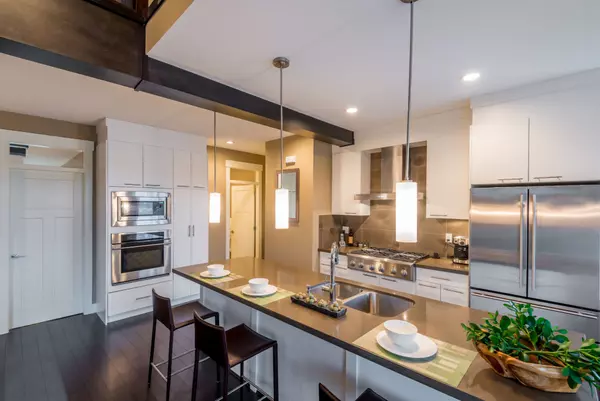
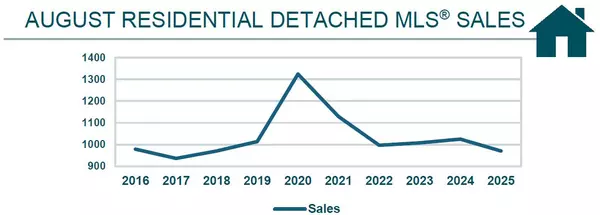

Leave a Reply
 REALTOR®
REALTOR®I became a REALTOR® because I truly enjoy helping people find the place that feels like home and because providing exceptional service during such an important moment in someone’s life is something I genuinely care about. Supporting sellers as they move on, move up, or move forward is just as meaningful, and being part of that transition is something I’m grateful to contribute to.
I make the buying or selling journey feel organized and approachable with clear communication and practical guidance. With an approach supported by market data, trends, and neighbourhood insights, you'll always understand what’s happening and how to make the most informed decisions.
Whether you’re buying your first home, selling a place filled with memories, or planning your next step, I’m here as someone who listens, shows up, and puts your goals at the centre of every decision. I'm focused on what serves you best.
I'm Tara Zacharias, a real estate salesperson located in the vibrant city of Winnipeg. Thanks for stopping by and taking the time to get to know me!+1(204) 293-0933 tara@tarazacharias.com330 St Mary Ave, Winnipeg, MB, R3C 3Z5, CAN
https://tarazacharias.com/
